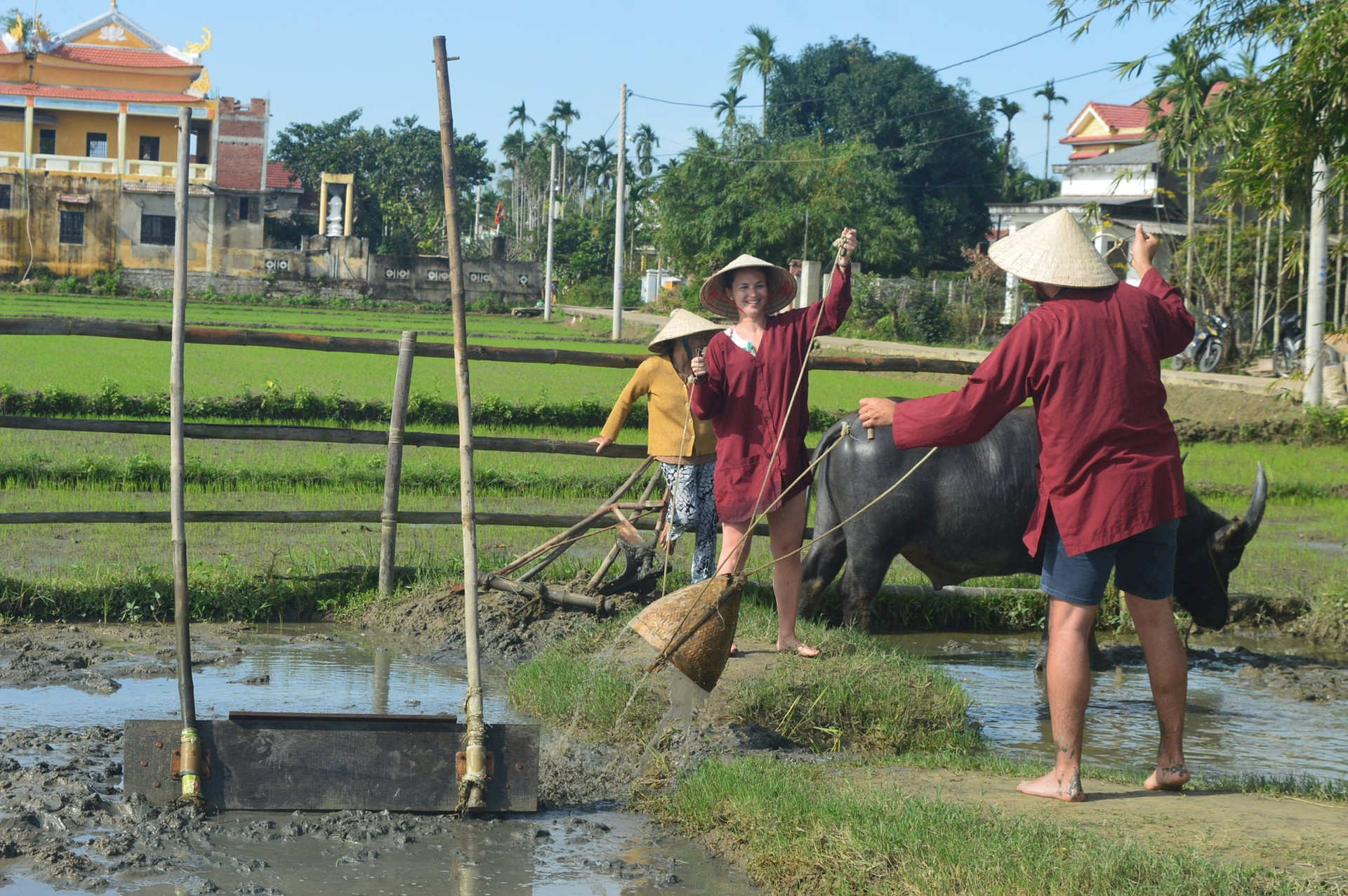
Partition sketch
After the merger, Da Nang is possessing an extremely rich tourism resource system, spreading from urban to rural areas, from the east to the west. Mr. Le Quoc Viet, Chairman of the Quang Nam Destination Club for Preserving Indigenous Values, commented that it can be said that Da Nang currently has 2 core tourism areas: the city center and Hoi An ancient town. Not only the core area, Da Nang also has 4 very unique tourist areas.
“The first is the coastal strip with about 215km of coastline, islands, peninsulas, bays, ports… stretching from Hai Van Pass to the end of Nui Thanh. The second area is the surrounding area with a distance of less than 20km from the core area with notable destinations such as Hoa Vang, Hoa Bac, Triem Tay, Tra Nhieu, Nam Hoi An… The third area is the midland area with a distance of less than 70km and the last area is the highland area in the Truong Son range”, Mr. Le Quoc Viet suggested.
According to Mr. Phan Xuan Thanh, Director of Emic Hospitality Hoi An Co., Ltd., Da Nang tourism can currently be divided into a creative urban area, i.e. the city center; a cultural heritage area (focusing on Hoi An - Cu Lao Cham - My Son); a community agricultural area, which is the localities adjacent to the tourist center; a medical and pharmaceutical industry development area in the south of the city and a medicinal and indigenous cultural area associated with the great forest.
Mr. Tan Van Vuong, Deputy Director of the Department of Culture, Sports and Tourism, said that in the coming time, Da Nang will continue to develop effectively exploited tourism spaces; at the same time, focus on and expand high-quality, key tourism spaces.
Accordingly, it will promote tourism space - high-class entertainment and resort services associated with green standards, focusing on coastal areas, both sides of the Han River, along the road to Ba Na - Suoi Mo, along the Co Co River, and some areas south of the city...
Cultural and historical tourism space associated with the preservation and promotion of heritage values in Hoi An and My Son; tourism space of traditional craft villages along the Thu Bon River; spiritual and cultural tourism center in Ngu Hanh Son and Linh Ung Pagoda. Next to that is a system of museums, historical relics, and community tourism in the west of the city.
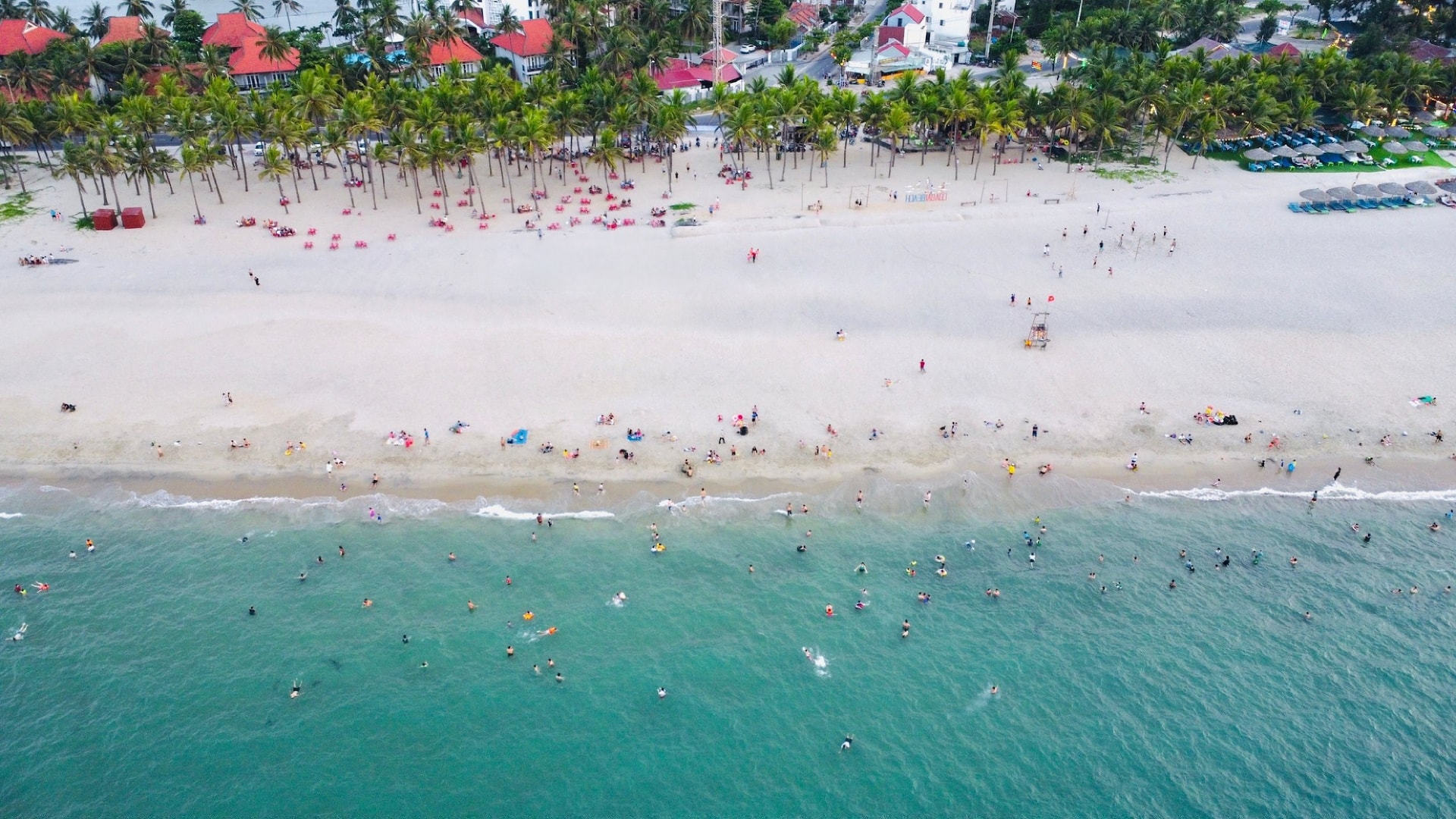
Development associated with regional advantages
It can be seen that, because before the merger, the shaping and building of tourism products was somewhat fundamental, following the characteristics and identity of the destination, so no matter which region is outlined, it will establish its own mark, which is favorable for promoting development in the new period. The important thing is to maintain the foundation that has been built and have effective solutions to continue developing the regions and strengthening the connection between the regions.
According to tourism experts, with the enormous potential of Da Nang tourism, it is necessary to organize a reasonable, widespread and effective development model. In which, it is necessary to maximize strengths and invest in key areas and tourist destinations that already have brands. In addition, it is necessary to spread to areas that still have potential but have not been exploited. At the same time, it is necessary to identify the main tourist market that is suitable to the characteristics, even uniqueness of each region.
Mr. Le Quoc Viet said that although they are both core areas, the city center and Hoi An ancient town have different characteristics and different tourist markets, so it is necessary to maintain the unique identity of these two areas. With the coastal strip, it is necessary to soon have a master plan for the space so that destinations and localities have a clear orientation and soon deploy more diverse marine tourism products.
“It is necessary to continue developing the center of Da Nang and Hoi An to truly become the two gateways to the western part of the city. It is necessary to filter out a reasonable implementation roadmap, in which we identify special highlights for each area and each destination to avoid duplication and further develop the public transport system connecting the routes,” said Mr. Viet.
According to Mr. Phan Xuan Thanh, the lack of regional coordination and product linkage mechanisms will easily lead to fragmented and unsynchronized intra-regional competition. It is necessary to develop a master plan for the development of Da Nang tourism in an integrated and sustainable direction. In which green tourism and indigenous cultural tourism not only play a supporting role but also become a strategic axis throughout. This plan must harmoniously integrate specific ecological zones, traditional craft villages and historical and cultural relics into the tourism value chain. From there, it will shape its own identity and enhance the international competitiveness of Da Nang tourism.
Source: https://baodanang.vn/da-nang-chu-trong-phat-trien-hai-hoa-cac-vung-du-lich-3310506.html



![[Photo] The Standing Committee of the Organizing Subcommittee serving the 14th National Party Congress meets on information and propaganda work for the Congress.](https://vphoto.vietnam.vn/thumb/1200x675/vietnam/resource/IMAGE/2025/11/19/1763531906775_tieu-ban-phuc-vu-dh-19-11-9302-614-jpg.webp)




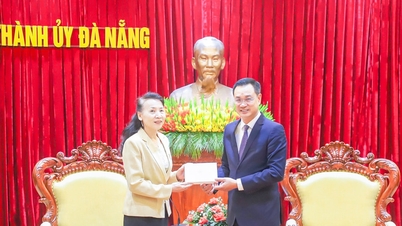
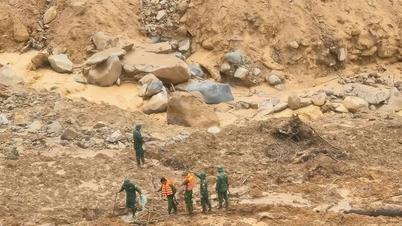



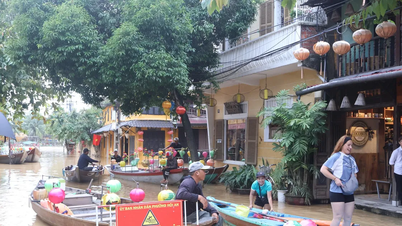
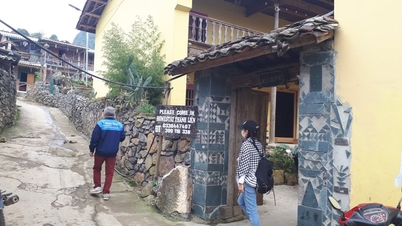

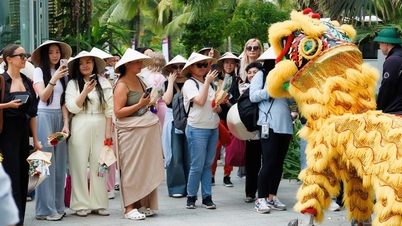

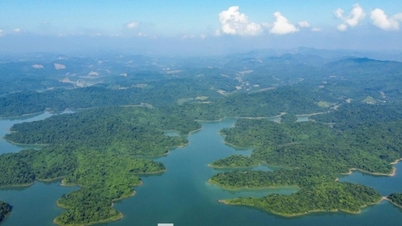

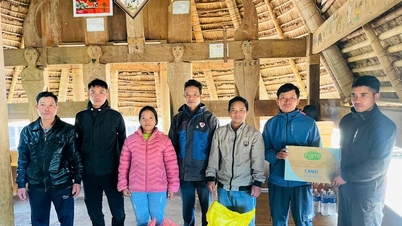
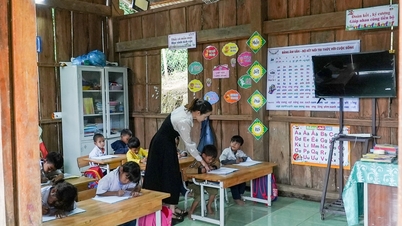











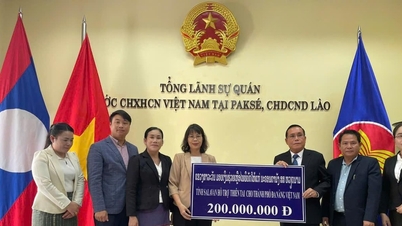


![[Photo] Prime Minister Pham Minh Chinh and his wife meet the Vietnamese community in Algeria](https://vphoto.vietnam.vn/thumb/1200x675/vietnam/resource/IMAGE/2025/11/19/1763510299099_1763510015166-jpg.webp)
![[Photo] General Secretary To Lam receives Slovakian Deputy Prime Minister and Minister of Defense Robert Kalinak](https://vphoto.vietnam.vn/thumb/1200x675/vietnam/resource/IMAGE/2025/11/18/1763467091441_a1-bnd-8261-6981-jpg.webp)







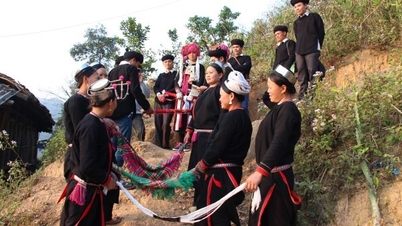

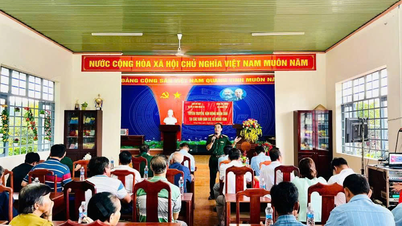



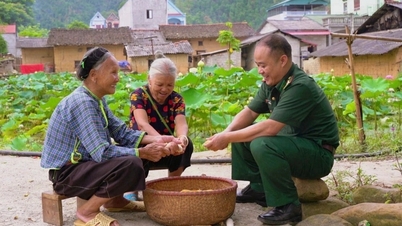







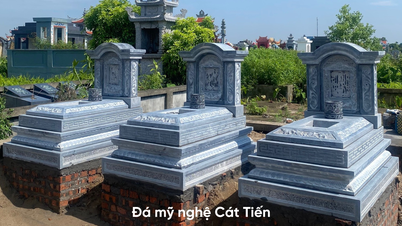



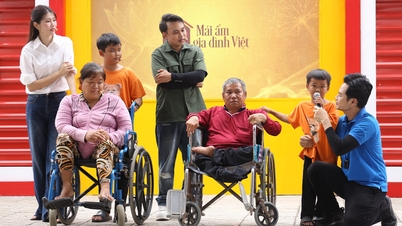
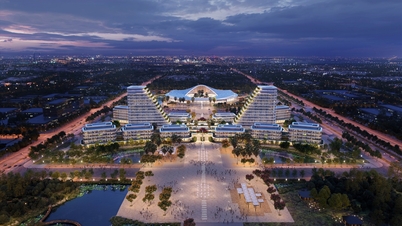
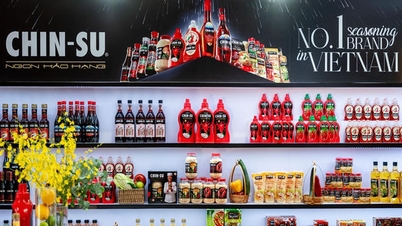











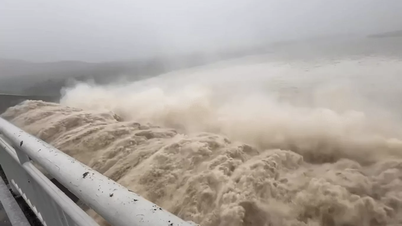




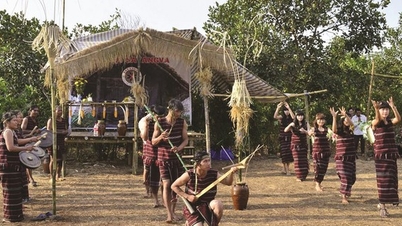








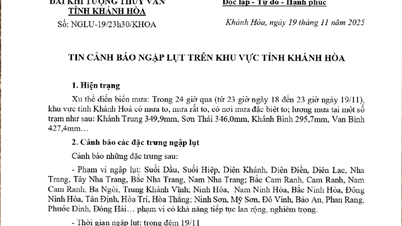


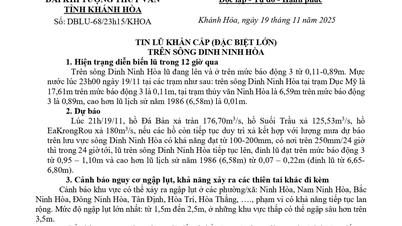
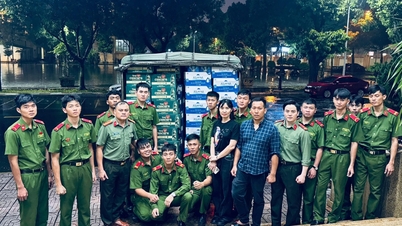

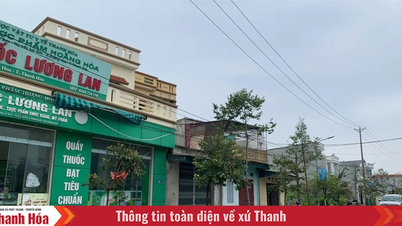












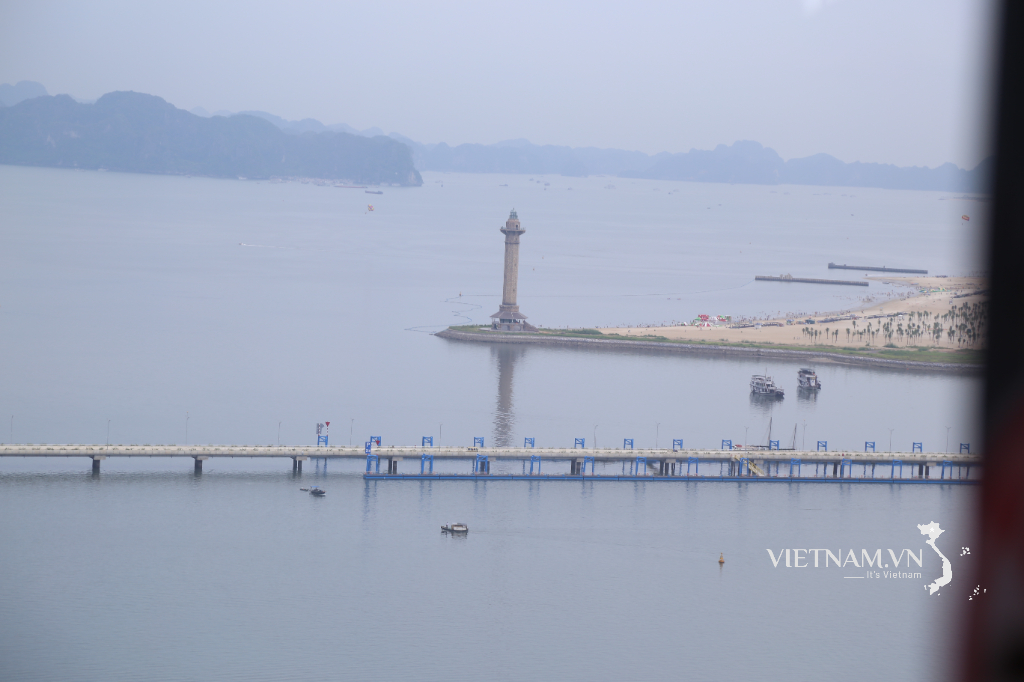

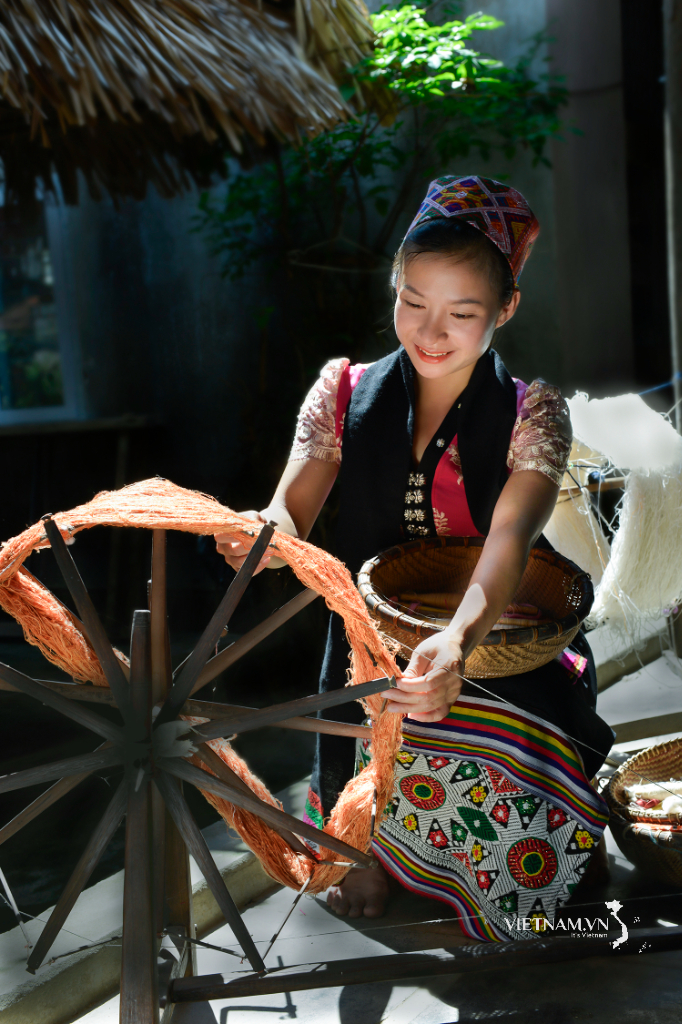
Comment (0)